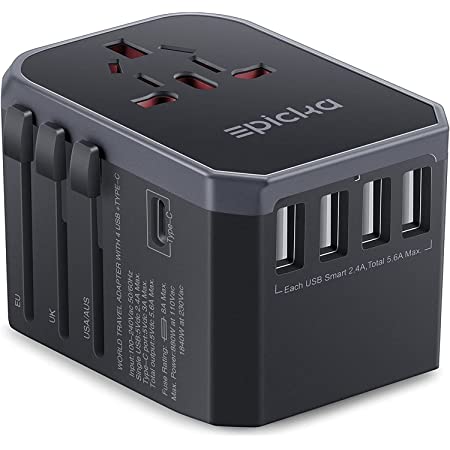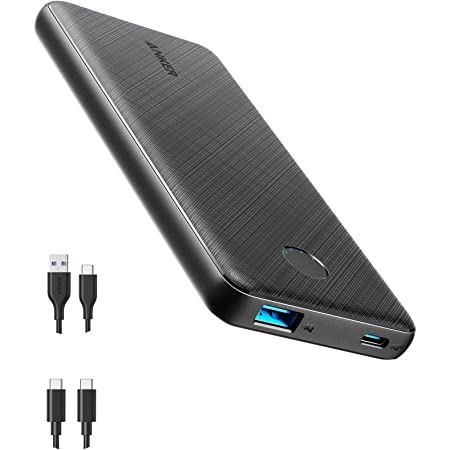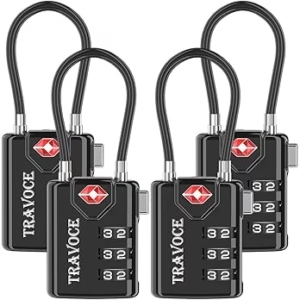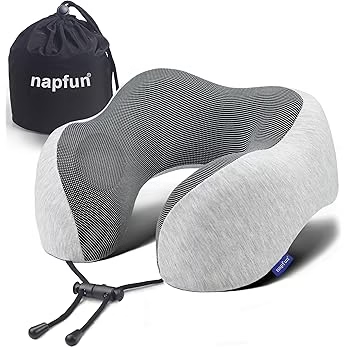Plug For Mongolia: What You Need To Know
What is the plug for Mongolia? Before you travel, check the information below to make sure your electronic devices are compatible with the outlet type and voltage.
Electrical Summary
Mongolia uses outlet types C, E at a voltage of 220V and a frequency of 50 Hz.
Plug Compatibility: Type C, Type E
Voltage: 220V
Frequency: 50 Hz
Type C

Type E
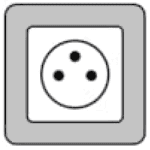
Can North Americans use Electronics in Mongolia without an Adapter?
No! North Americans will need an adapter for the outlets and a transformer for the voltage when traveling to Mongolia. North Americans device plugs will not work with the outlet types in Mongolia. Also, the voltage in Mongolia is different from North American voltages.
Can Europeans use Electronics in Mongolia without an adapter?
Yes! Europeans do not need a travel adapter or transformer when traveling to Mongolia. Most device plugs will work with the outlet types in Mongolia. Also, the voltage in Mongolia is the same as in Europe.
What Outlet does Mongolia Use?
Type C

Type C plug sockets have two round pins and no grounding pin. These plugs are typically used with devices that have a voltage of 230V.
Type E

Type E plug sockets have two round pins and a grounding pin. These plugs are typically used with devices that have a voltage of 230V.
Recommended Products:
Should I use a VPN when traveling?
YES! Using a VPN when traveling is highly recommended to protect your online privacy and security. Public Wi-Fi networks in hotels, airports, and cafés are often unsecured, making you vulnerable to hackers and data theft. A VPN encrypts your internet connection, safeguarding sensitive information like passwords and banking details. It also allows you to bypass geo-restrictions, granting access to streaming services and websites that may be blocked in certain countries. Additionally, a VPN helps prevent government surveillance and ISP tracking. For a seamless and secure browsing experience while traveling, choose a reliable VPN with fast speeds and strong encryption.
Mongolia Travel Essentials:
Is it safe to drink water in Mongolia?
To be on the safe side, you can use common precautions such as boiling tap water for at least one minute, using water purification tablets, or drinking bottled water. It’s also important to note that ice may be made from tap water and that foods may be washed or prepared with tap water.
We recommend always packing a filtered water bottle when traveling!
Travel Essentials
Be sure to check our list of travel essentials before your trip!
Should I get travel insurance when traveling to Mongolia?
It is generally recommended to get travel insurance when traveling to a different country. Travel insurance can provide financial protection and peace of mind in case of unexpected events, such as medical emergencies, trip cancellations, lost or stolen baggage, or other travel-related mishaps.
Travel insurance can cover various expenses related to your trip, such as medical expenses, emergency medical transportation, trip cancellation or interruption, lost or stolen baggage or personal belongings, and other travel-related expenses.
Before purchasing travel insurance, it’s important to carefully review the policy details, including the coverage limits, exclusions, and any applicable deductibles or copays. You should also make sure that the policy covers any activities or destinations that you plan to participate in or visit during your trip. Click here to price Travel Insurance for Mongolia
Travel Summary
One of the main draws of Mongolia is its stunning natural scenery, with wide-open spaces that seem to stretch on forever. Visitors can explore the Gobi Desert, the world’s largest grassland, and the Altai Mountains, which are home to snow leopards and other rare wildlife. The country is also known for its clear skies, making it a great destination for stargazing and astronomy enthusiasts.
Mongolia is also known for its nomadic culture, which is still very much alive today. Visitors can stay in traditional yurts, or gers, and experience the daily life of herders, who move their livestock across the steppes in search of grazing land. This lifestyle has been designated as a UNESCO Intangible Cultural Heritage of Humanity.
In addition to its natural and cultural attractions, Mongolia also offers a range of outdoor activities, including hiking, horseback riding, and camel treks. Visitors can also witness traditional festivals and events, such as the Naadam festival, which includes horse racing, archery, and wrestling.
Travelers to Mongolia should be aware of the country’s harsh climate, which can be extreme in both summer and winter, and should come prepared with appropriate clothing and gear. Visitors should also be respectful of local customs and traditions, such as removing shoes before entering a ger.
Overall, Mongolia offers a unique and immersive travel experience, with stunning natural beauty, rich culture, and opportunities for outdoor adventure. It is an ideal destination for those seeking a break from the hustle and bustle of modern life and a chance to connect with nature and a way of life that has stood the test of time.
Traveling to another country? Check out our Countries page for more info on countries like Kazakhstan, Kyrgyzstan, China, Russia, Nepal, Bhutan

